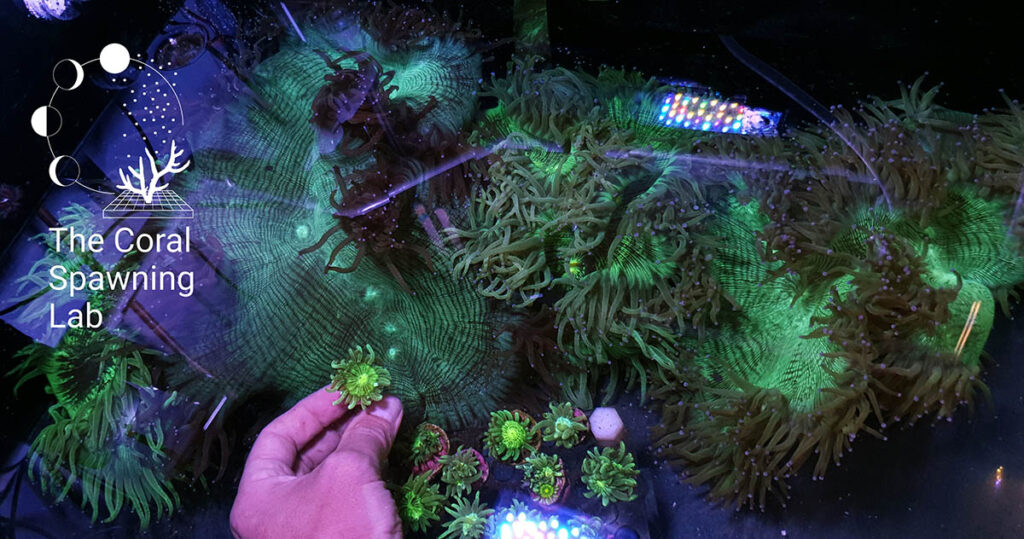
Elegance Coral (Catalaphyllia jardinei) reproduction revealed for the first time by the team at the Coral Spawning Lab
Once considered among the most-challenging—or even impossible—candidates for captive aquaculture, the large-polyp Elegance Coral, Catalaphyllia jardinei, has become ever more scarce in the aquarium trade as imports from the wild have dwindled in recent years. Now a team led by Dr. Jamie Craggs has cracked the reproductive code of this prized stony coral in their labs in the United Kingdom. The success adds another successful LPS spawning to the growing list of species the Coral Spawning Lab has produced via ex situ (out of the wild habitat) sexual reproductive events.

Dr. Craggs, one of the co-founders of the Coral Spawning Lab, based in London, said, “The recent export ban of this, and other LPS species, to Europe from Eastern Australia due to collection pressure concerns highlights the need for an alternative aquaculture route to supply sustainably produced coral for the marine aquarium trade.
“However, as nothing was known about the Elegance Coral’s reproduction we were keen to first understand its reproductive life history and then test its potential suitability for aquaculture.”
As he will report at the MACNA 2022 Conference in Milwaukee (September 9-11), Dr. Craggs says four broodstock colonies of Elegance Coral spawned in October, 2021, and approximately 100 juveniles have survived and grown over a period of 11 months. He reveals that the spawning and rearing have taken place in his home aquariums, the foundation systems for the Coral Spawning Lab. (By day, Dr. Craggs is Principle Aquarium Curator at the Horniman Museum and Gardens in London and one of the pioneers in the sexual reproduction of stony corals in captive culture.)
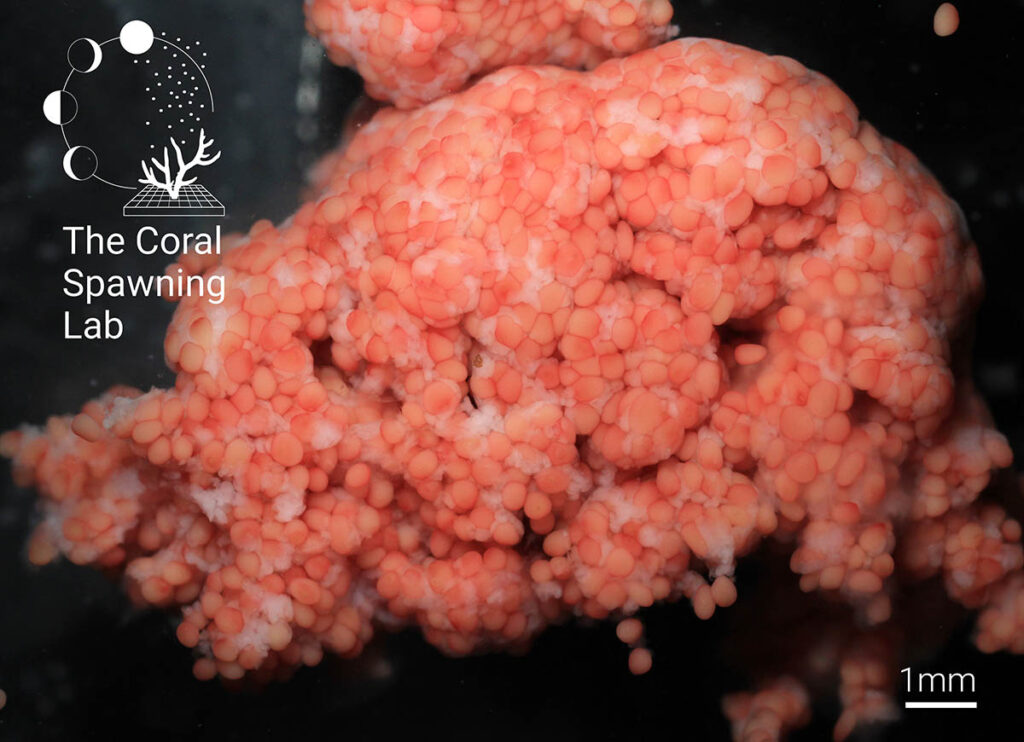
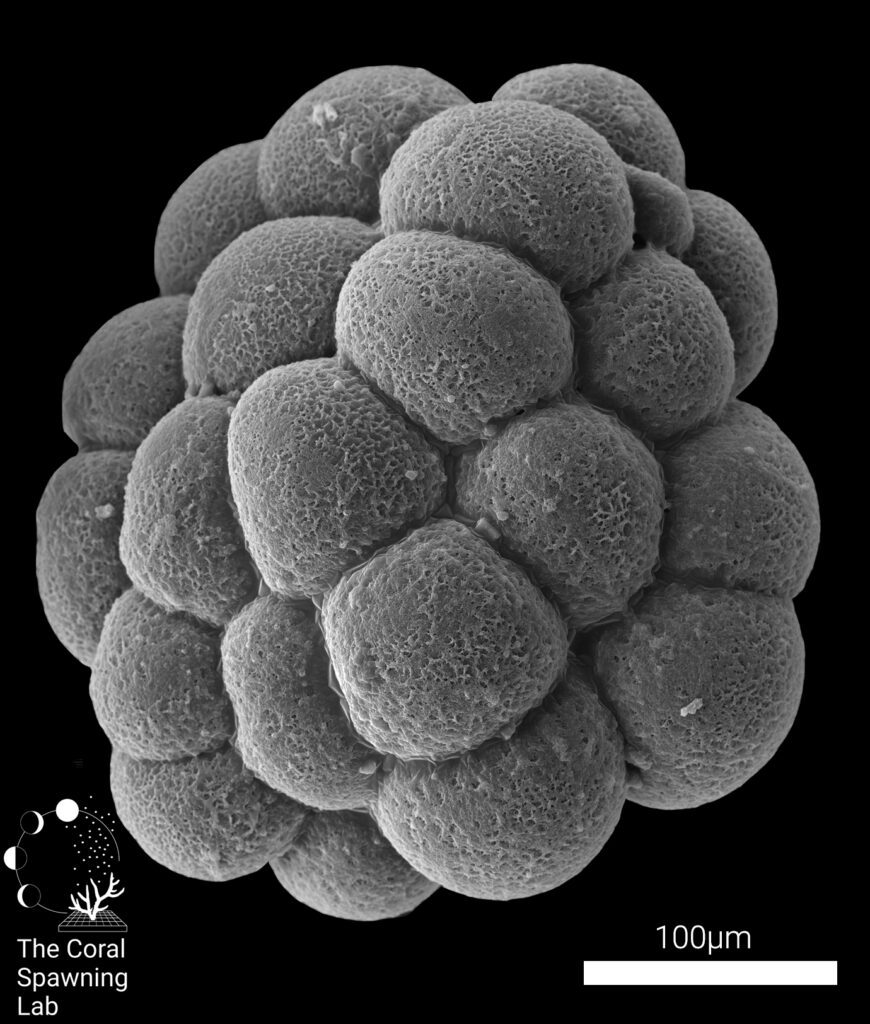

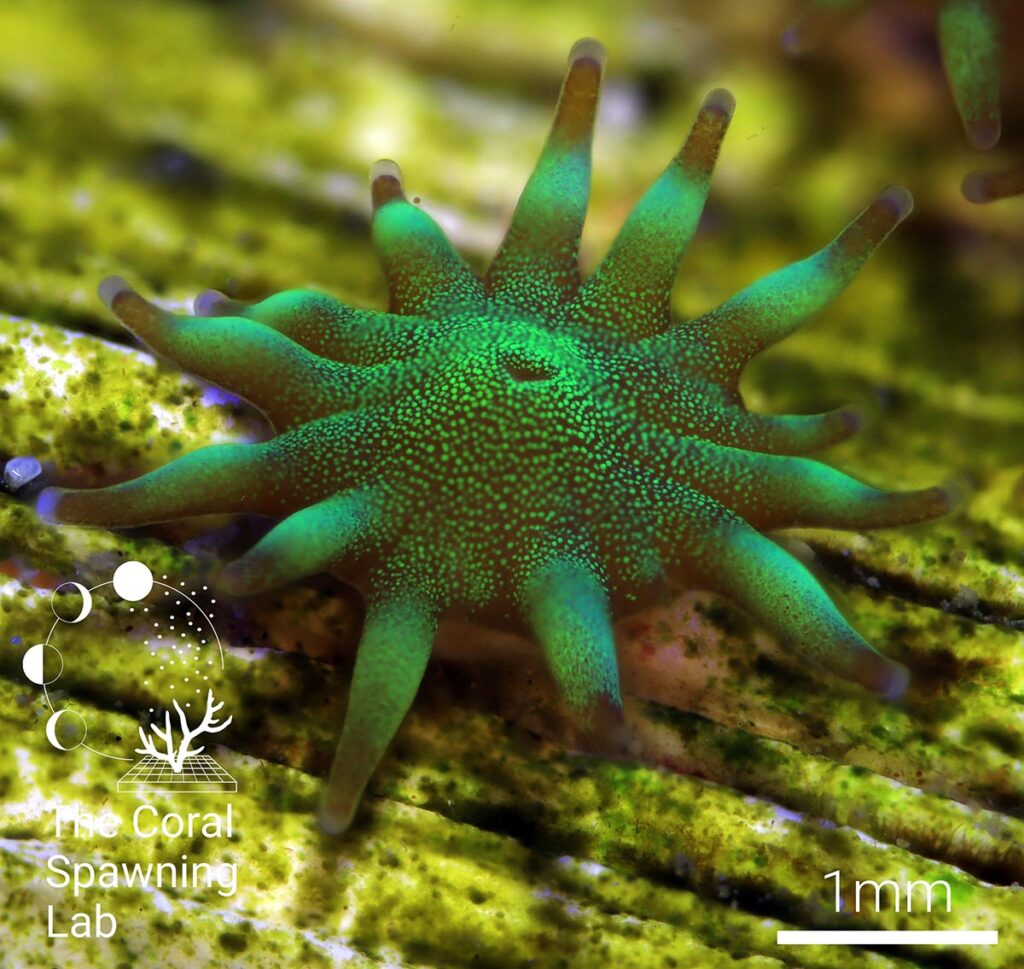
“The growth rates we’ve documented over the past 11 months have been really promising, and we’re confident this could be a suitable candidate for sustainable aquaculture via ex situ sexual reproductive events to produce corals for the trade.”
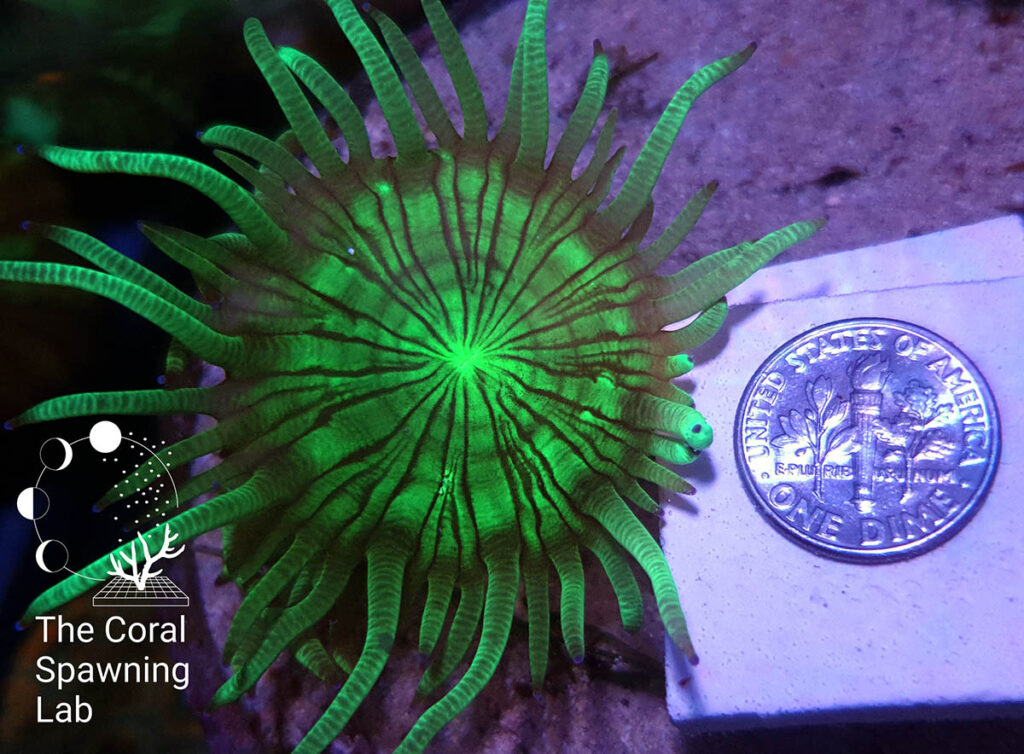
The team programmed their spawning systems to replicate the southern reefs of the GBR and now for the first time have been able to document the reproductive biology of this long-standing favorite species in the marine aquarium hobby.
“We utilize the Triton Method in all of our spawning systems because we feel this provides the highest level of accuracy in ICP testing and we’ve identified control of specific trace element dosing as being most important to maintain long-term health of this LPS species,” said Vince Thomas, co-founder, Coral Spawning Lab.
Professor Mike Sweet, the third co-founder said, “There is still much we don’t know about the reproductive mode of many coral species but here we highlight the use of our novel spawning coral systems (https://www.coralspawninglab.org/products) to help fill these knowledge gaps and provide new opportunities to the aquaculture market.”
For more information about the team’s work visit www.coralspawninglab.org
###





Trackbacks/Pingbacks